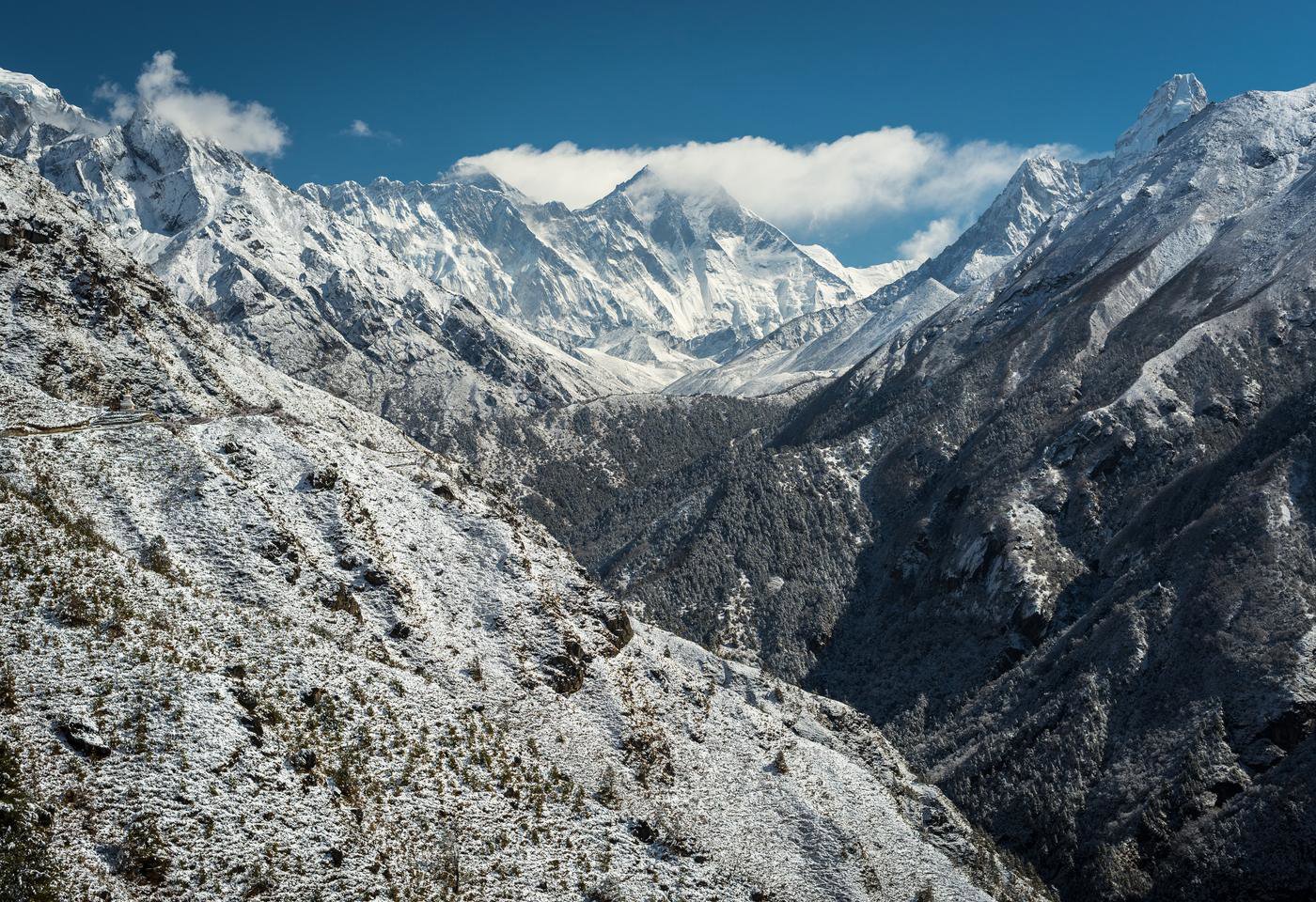Modern civilisation is quite literally built on steel. Our cities, our homes, our cars are unthinkable without it. But steelmaking is the biggest industrial emitter of carbon dioxide so the search is on for a clean, green method of turning iron ore into steel.
Tom Heap meets the Swedes who are ahead of the pack. Three local companies - Vattenfall, LKAB and SSAB- have come together to deconstruct the whole process and develop ways to remove fossil fuels from each stage of steelmaking. From the enormous iron ore mines of Arctic Sweden to the smelters and furnaces that produce the steel, carbon dioxide emissions are being radically reduced, but how close can they get to a truly green steel?
Tom Heap and Dr Tamsin Edwards discuss the Swedish plans and calculate just how much of this industry's emissions could be wiped out in a generation.
What our experts say
We asked Society Fellow Chris McDonald from the Materials Processing Institute to offer some observations on the potential of fossil free steel production in reducing carbon emissions. His points take some of the themes of the programme a step further.
Steel is the second largest global emitter of carbon dioxide (CO2) after the cement industry and accounts for 9% of global emissions. In 2019 CO2 emissions from steel were 3.7 gigatonnes (GT) CO2, of which 2.6GT were direct emissions and 1.1GT indirect.
If the steel industry became zero carbon, then the saving would be 3.7GT CO2 at 2019 levels. However, the industry is expected to grow by 50% between now and 2050, so the saving could be as high as 5.55GT CO2 by 2050. It is likely the figure would be lower as the industry is constantly driving to improve energy and resource efficiency, even in the conventional process route.
It is also worth considering that the most utilised process for steel production today is the blast furnace route, which emits between 1.6 and 2 tonnes of CO2 per tonne of steel produced. The most efficient processes using 100% scrap recycling in the electric arc furnace can be as low as 0.2 tonnes of CO2 per tonne of steel. As more blast furnace steel is added to the system, a greater amount of end-of-life scrap steel also becomes available for recycling and so the ratio between these two processes and how it changes over time, is important in determining the overall emissions.
There are three major technologies that will contribute to the greening of the steelmaking process:
Hydrogen
Used as an alternative to coking coal for ironmaking (via a process such as Hybrit, or, more likely, Directly Reduced Iron technology from companies such as Midrex and Tenova).
Electric Arc Furnace
Used in combination with the hydrogen technologies above as a downstream processing step and including melting of scrap steel for recycling.
Carbon capture and storage
To enable existing blast furnace plants to continue to operate.
What are the limiting factors?
-
Availability and proximity of excess renewable energy, particularly for the generation of hydrogen.
-
The electricity distribution grid network.
-
Availability of capital to invest within the sector.
-
Technical requirements of alternative processes to produce steels of appropriate quality.
What are the co-benefits of fossil-free fuel?
-
Investing in green steelmaking technologies inevitably means investing in the latest and most efficient process plant and equipment, leading to greater automation, digitisation, and a step change in productivity. This will exert a downward pressure on costs of production (though it is possible that the overall cost will increase depending on power costs).
-
Much of the steel plant in Europe is already quite old and so investment is required in any case.
-
Greater opportunity to exploit the circular economy.
-
The development of new green steel technologies are themselves an opportunity for manufacturing and export of technology, plant and equipment.
What are the potential negative impacts of this idea?
-
Risk that companies, or countries, who are the first movers can be out competed on products by polluters elsewhere in the world. A policy such as carbon border adjustments would help with this.
Further reading
-
ArcelorMittal (2021) Air Liquide and ArcelorMittal join forces to accelerate the decarbonisation of steel production in the Dunkirk industrial basin
-
IEA (2020), Iron and Steel Technology Roadmap
-
Jay Faris (2021), H2GS plans 5MT hydrogen-based steel plant in Sweden, H2 Bulletin
-
Thyssenkrupp (2021) An innovative idea – great effect for decarbonization: RWTH University scientists’ study confirms thyssenkrupp Steel’s concept for climate neutrality of integrated steel mills, thyssenkrupp
About the series
39 ways to save the planet is a new radio series by BBC Radio 4 developed in partnership with the Society and broadcast in 2021. It showcases 39 ideas to relieve the stress that climate change is placing on the Earth. In each 15 minute episode Tom Heap and Dr Tamsin Edwards meet the people behind a fresh and fascinating idea to cut the carbon.
Over the course of 2021, the Society will be producing events and digital content to accompany the series.
Episode 15: Steel without the fossil fuels

Featured card image: Åsa Bäcklin and HYBRIT
Featured banner image: Pexels/Pixabay

